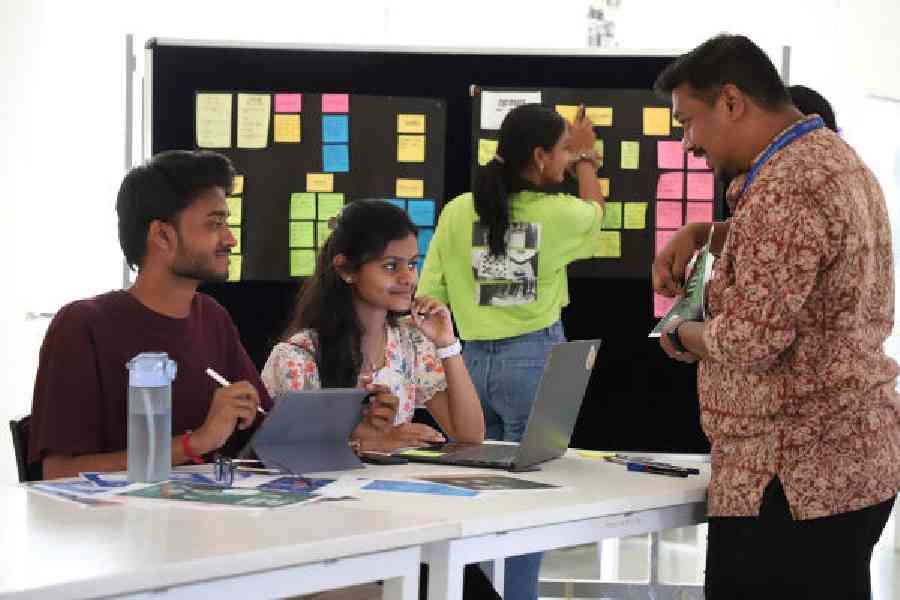By design


Design is an integral part of our daily lives — right from the apps we use on our phones to the clothes we wear and the products we use every day. Careers in design offer a wide range of paths, including fashion design, product design, digital media and more. Leading design schools in the country equip students with essential skills to thrive in the creative industry.
Professor Sabyasachi Kundu of MIT School of Design in Alandi near Pune, says, “We look for students who challenge the norms and think creatively. In design, you often create something entirely new, there’s no set path to follow. Unlike engineering, which has a clear plan, design is about exploring and approaching problems creatively.”
The bachelor of design, or BDes, is a popular choice for students interested in product design, graphic design, animation and communication design.
Institutions like the National Institute of Design (NID), the Indian Institutes of Technology (IITs) and the Indian School of Design and Innovation (ISDI) offer BDes. For students passionate about fashion, the bachelor’s in fashion design from the National Institute of Fashion Technology (NIFT) covers textiles, garment construction and fashion industry trends.
The design department at IIT Delhi has introduced a four-year undergraduate programme, a BTech in design from 2025. It combines design with engineering principles and is likely to appeal to students seeking a technical approach to design.
Skills and preparation
Admission to design programmes is competitive and requires students to pass entrance exams that assess creativity, problem-solving, analytical thinking, and also visual perception and spatial awareness. Mihir Mehta, a final-year student at ISDI School of Design & Innovation, Mumbai, says, “There are no specific books or materials to guide you. It can feel quite random since any topic can be included in these exams. To succeed, one must be able to adapt to unexpected challenges.”
To navigate this unpredictability, Kundu emphasises building foundational skills. He says, “While strong drawing skills are valuable, creativity holds equal importance. Students should practise freehand drawing regularly as it’s a skill that develops over time. Design draws inspiration from many areas, so reading newspapers, watching films, listening to music and learning about the world help. A strong foundation in basics, curiosity and creativity make for a great design student.”
Yash Shenai, who works as a product designer at Adobe, is an alumnus of NID Andhra Pradesh. Initially, Yash spent hours on design books and websites, assuming that the entrance exams would test his design expertise. However, he soon realised the importance of focusing on logic exercises, staying informed and practising sketching. “Focus on clearing the exam first — worry about the rest later.”
He also highlights the value of mastering fundamentals such as perspective, proportions, shading accuracy and quick human figure drawing. “Observation is the key,” adds Yash. “If you’re asked to sketch a bus stand, include details like rusted benches, school kids, billboard ads and roadside trash to make it realistic.”
Now that you know all this, go and ace that exam.